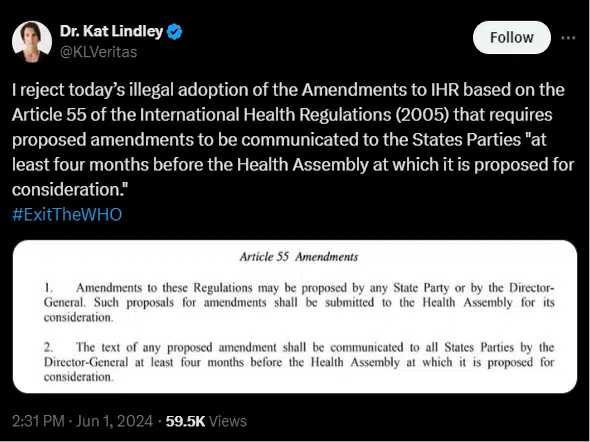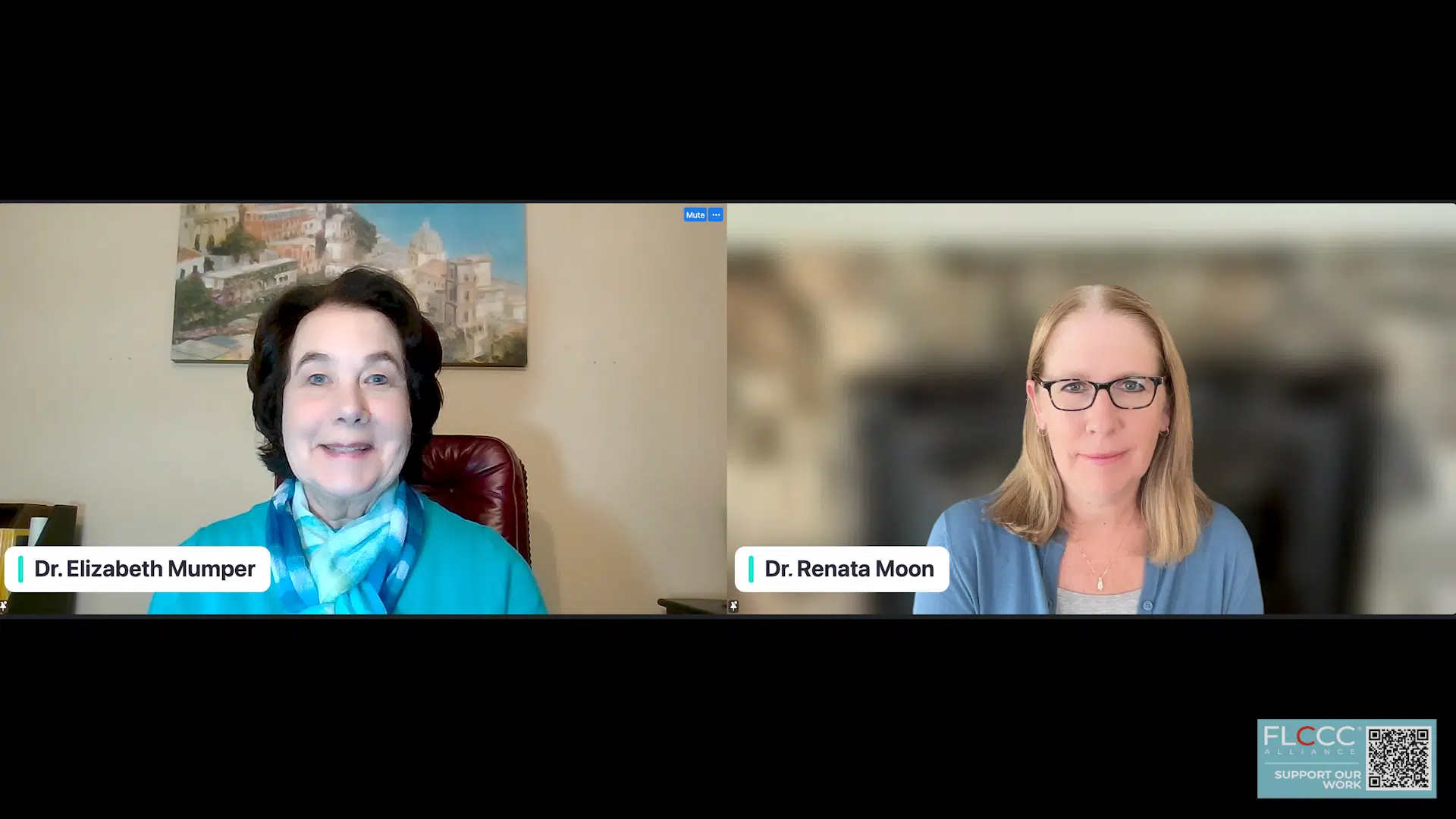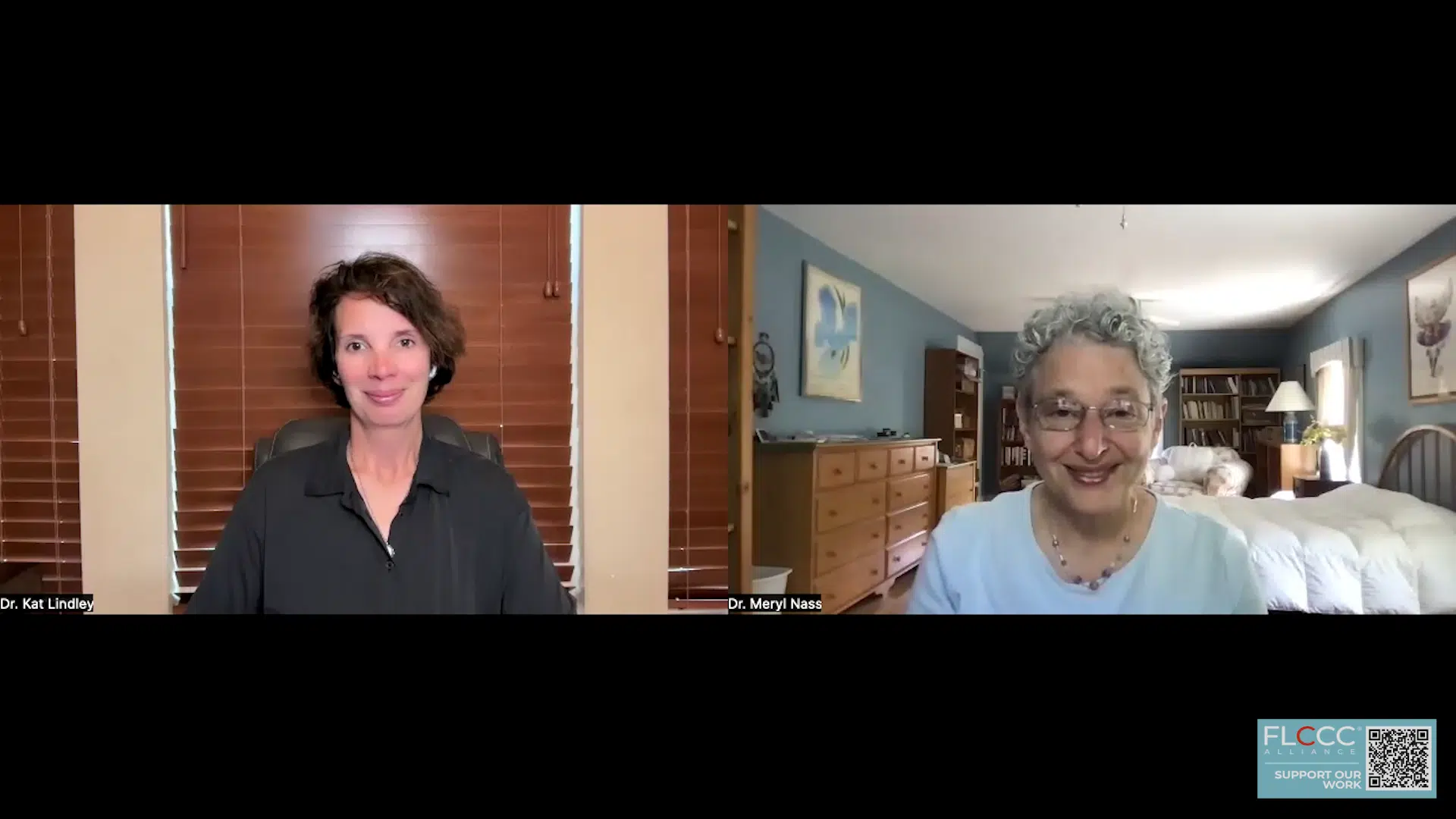Speakers: Dr. Katarina Lindley, Dr. Meryl Nass
After two years spent bargaining, countries were unable to agree on the text put forward by the World Health Organization regarding their proposed “International Pandemic Accord”. Some see this as a win, others remain focused on the risks that remain.
For those of you who haven’t followed this story’s many twists and turns, here’s a primer:
The World Health Organization (WHO) seeks to formalize its authority to declare public health emergencies, but resistance is mounting. The spotlight has intensified as negotiations around a new pandemic treaty and amendments to existing International Health Regulations approach critical votes. These documents are not just bureaucratic formalities; they represent binding commitments between nations and could significantly alter global health governance.
The narrative around these regulations presents them as essential for improving pandemic preparedness and public health responses. On the surface, the argument for enhanced coordination through the WHO seems reasonable—after all, who would oppose better-preparedness against global health threats? Yet, beneath this veneer of consensus lies a complex debate about sovereignty, transparency, and accountability.
Given the WHO’s controversial handling of the COVID crisis, the proposal to expand its authority has raised significant concerns among observers. In the June 5, 2024 FLCCC Weekly Webinar we were thrilled to be joined by two of those most vigilant observers: FLCCC Senior Fellow Dr. Kat Lindley, and ardent WHO watchdog Dr. Meryl Nass. Between the two, there is no shortage of knowledge regarding the WHO Pandemic Treaty and we turn to them for their trusted insights.
What is The WHO Pandemic Treaty?
After countries failed to reach a consensus on the pandemic agreement during negotiations at The World Health Assembly in Geneva on May 24, 2024, it raises the question: What exactly were the 194 member states discussing?
The WHO pandemic treaty is a proposed agreement among member states, organized by the World Health Organization (WHO), aimed at improving how the world responds to future pandemics. The idea is to have a plan that countries agree to follow, which would help them cooperate better, share resources and information more effectively, and respond more quickly and uniformly when a pandemic occurs. This treaty is meant to ensure that all countries are better prepared and can work together to prevent and mitigate the impact of global health crises.
At first glance, the intentions behind the pandemic treaty might appear commendable. Upon closer inspection, a variety of concerns emerge:
- Centralized Control: Potential for WHO to dominate global pandemic responses, limiting national autonomy.
- Legality and Process: Concerns about the legitimacy of the treaty’s adoption process, including lack of consensus.
- Overreach in Scope: The treaty could extend WHO’s authority beyond health emergencies to broader public and non-health issues.
- Implications for Sovereignty: The treaty may impose obligations that conflict with national laws and interests.
- Transparency and Accountability: Lack of clarity and oversight in the WHO’s decision-making under the treaty.
- Impact on Developing Nations: Questions about equitable support for developing countries and potential burdens.
Dr. Meryl Nass vs. WHO Pandemic Overreach
With 35 years of experience in biological warfare and pandemics, Dr. Nass is uniquely qualified to scrutinize the WHO’s actions. In the webinar, she highlights the controversial process of amending the International Health Regulations (IHR) initiated by the U.S. in 2022. These amendments aimed to centralize pandemic control under the WHO, citing poor COVID-19 management and inequitable resource distribution.
More than 300 amendments were proposed, leading to significant changes in the WHO’s authority, including emergency declarations, pandemic mandates, and social media monitoring. The amendments also allowed for the global rollout of untested vaccines and restricted access to certain drugs.
Alarmed by these changes, Dr. Nass collaborated with groups like Children’s Health Defense and founded Door to Freedom to oppose the amendments. Through global outreach and advocacy, she raised awareness about the potential dangers. Most recently, she joined us to discuss the question of WHO jurisdiction over U.S. states.
In May 2024, a watered-down version of the amendments was passed, removing many controversial provisions. Dr. Nass sees that as a victory:
“So as far as I’m concerned, that was as big a win as we could have possibly obtained given what was at stake… I’ve been absolutely thrilled, and I feel like our organization is going to move on now and deal with the bigger issues of why these globalists are trying to centralize control and take over so much.”
Is the Proposed Pandemic Agreement Finished? Dr. Lindley Cautions: Not Yet
Dr. Kat Lindley, founder of Global Health Project, warns that we aren’t out of the woods yet:
…with the elections, things will change and who knows what’s going to happen, but potentially, our government again, can weaponize these WHO recommendations, so we’ll be exactly where we were before.
Though Dr. Lindley agreed the victory against WHO’s attempted power grab is huge, there is much more work to be done. On X, she highlights the need to scrutinize the Amendments to the IHR specifically:
“We have 10 months to reject these amendments, and I truly feel that this is our next job. All eyes on the World Health Organization. Let’s continue monitoring the process of the pandemic treaty. Last week, for those who follow Merrill on Twitter (or X), you know she was really happy with everything that has happened. I remain cautious because I feel the WHO is not done with us, so we need to be prepared.”
What’s Next For the WHO?
The question remains: will the WHO take the hint and make dramatic changes to their proposed treaty? Or will they continue the pattern of slippery amendments? Whatever the path, you can be sure FLCCC Alliance, along with our dedicated Fellows and partners, will be on the case.
To join the conversation, head to the FLCCC Forums, follow us on X. Thank you for your support.






